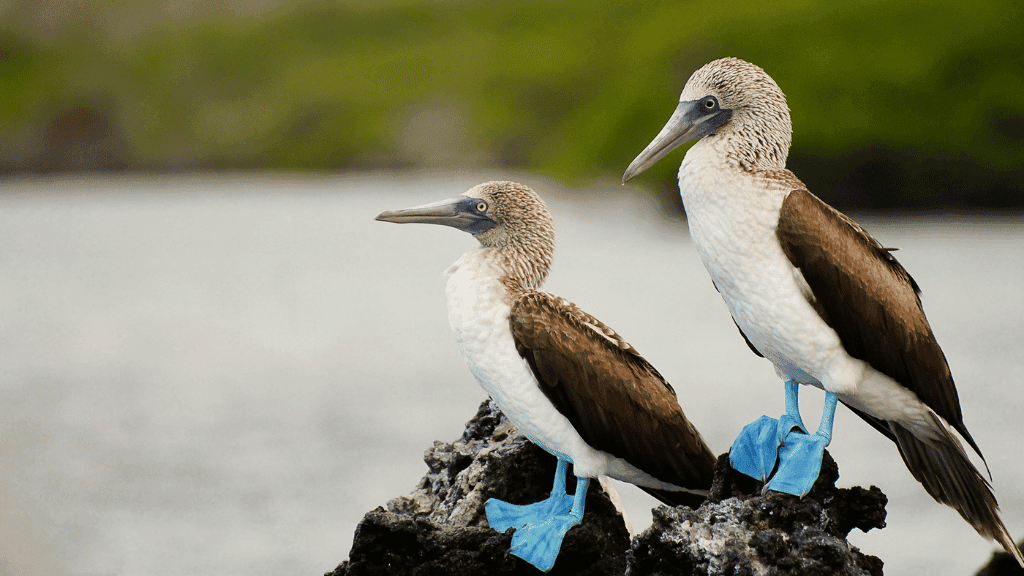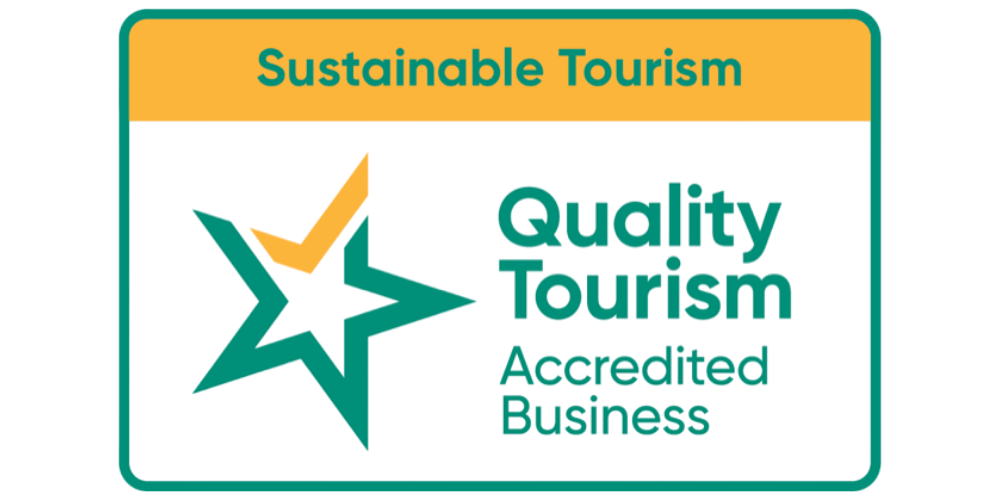The Naturalist’s Fortnight: How 17 Days Turns Curiosity into Fluency
On day one you point and whisper, “blue-footed…something.”
By day seventeen you can tell a booby’s hunting intent by the angle of its hover and the twitch of its tail. You’ll recognise lava lizards by island, marine iguanas by colour wash and posture, and you’ll know exactly when to lift your head because frigatebirds are about to steal someone else’s lunch. That’s what time does here. It turns sightings into understanding—and understanding into richer moments.
If that’s the dream, a 17-day small-ship expedition gives the archipelago long enough to teach you its language.

Why Time Beats Proximity (Every Time)
The Galápagos isn’t a checklist; it’s a classroom with open windows. In a week, you meet the characters. In two and a bit, you learn their habits. You’ll visit habitats at different hours, in different weather, and with different tides. You’ll watch behaviours repeat—and change—and that repetition is where the fluency happens. Small ship, small groups, two sites a day: the rhythm that makes learning feel like play.
The Learning Curve You Can Feel
Days 1–4 — Orientation & Awe
Landings feel new, names pile up, and your first snorkel is mostly about remembering how to breathe and grin at the same time. You spot turtles, iguanas, and a booby plunge that rewires your definition of “commitment.”
Days 5–10 — Pattern Recognition
You start predicting scenes: the surge channel that hides a ray, the headland where boobies warm up, the mangrove pocket that shelters juvenile sharks. Underwater, your fin kicks soften; topside, your lens choices simplify.
Days 11–17 — Naturalist Mode
Now you notice nuance—courtship steps versus territorial posturing, iguanas clocking tide schedules, tortoises doing slow politics. You hear the guides differently, too; the briefings become conversations because you’ve built a stack of lived examples.

Small Ship = More Windows, Less Fuss
-
Quiet landings: a zodiac or two, not a procession—so your best light stays yours.
-
Real attention: guides remember your kit quirks and your favourite questions.
-
Deck life that adds up: charts, stars, and unhurried debriefs that turn today’s sightings into tomorrow’s intuition.
Prefer days that just…flow? The total Galápagos route keeps the choreography tidy so curiosity can wander.
Water Confidence, Earned the Easy Way
Seventeen days means many snorkels—each a chance to relax more. By the second week, you’re reading briefings like a local: entry points, current arcs, “turtle lane” etiquette. You’ll hold respectful space for sea lions (they’ll ignore that policy), give turtles the right of way, and find your breathing settling into the rhythm of surge and still. Wetsuit on, fuss off.
Bring: well-fitting mask, light rashie, reef-safe sunscreen, and the promise you’ll float before you fin.
The Joy of Returning
The same species on a different island isn’t the same story. Mockingbirds shift habits, finches show off micro-differences, marine iguanas change size and shade. Because you have time, you can notice the small things: a shared look between nesting birds; the moment a sea lion pup decides you’re funny; the second a lava lizard stops being a blur and becomes a person with opinions.
Photo Payoff Without the Pressure
Good light plus unhurried schedule equals kinder photography. You’ll frame with habitat, not just heads; you’ll wait through the “almost” because you know the “yes” is coming; and you’ll have the luxury of trying again tomorrow. Batteries last longer when your heart rate drops, as it turns out.

Between the Headliners
What sneaks up on you are the in-betweens: deck coffee at dawn; a chat with the skipper about tomorrow’s swell; frigatebirds skimming the bow like punctuation; the hush after dinner when the boat slides through its own strip of stars. These moments glue the wildlife chapters into an actual story.
Two Weeks Plus: How It Actually Feels
-
Energy: Surprisingly steady—mornings for motion, middays to restore, afternoons for encore scenes.
-
Variety: Lava moonscapes, cloud-brushed highlands, mangrove mazes, coral-rimmed coves.
-
Pace: Enough repetition to learn; enough change to stay delighted.
-
People: Small groups turn from strangers into a team of spotters with running jokes.
Pack Once, Learn Daily
-
Mask you trust, even if gear’s provided—comfort fuels confidence.
-
Two lenses: wide for landscapes/decks, short tele for behaviour with habitat.
-
Dry bag + quick-clip for zodiac hops.
-
Light shoes with grip, sandals for deck life.
-
Notebook (or notes app) for species, behaviours, and “ask the guide later” thoughts—you’ll be glad you did on day 15.
The Case for Going Long
You can do “Galápagos” in a week and love it. But if you want the islands to teach you rather than tour you, give them time. Seventeen days turns curiosity into fluency, luck into likelihood, and good days into a coherent arc. If that’s how you want to remember it, the naturalist’s fortnight is your scale done right.





